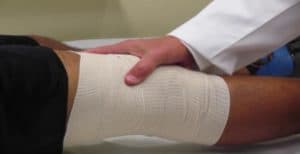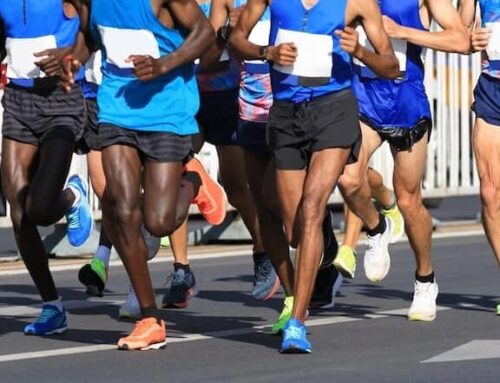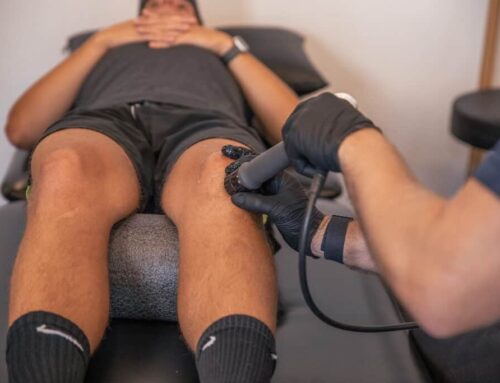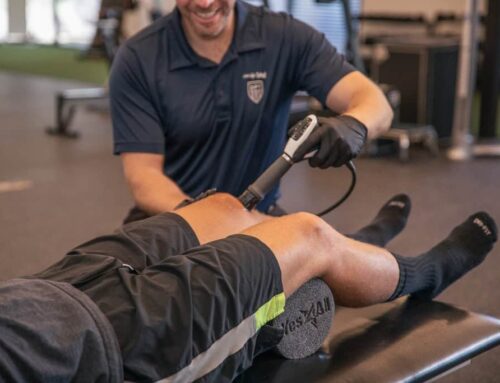Arthroscopic knee surgery can be great option when there is structural damage to the knee. It can also be a terrible decision. It involves small incisions, through which the surgeon can then insert a camera and some small instruments to correct an issue. The issues that patients may have can vary from small ligament tears to meniscus tears and a few other conditions. This practice is very common, especially in the case of meniscus tears, and this is where PT is very underutilized. It’s also worth noting that recent research has found that PT is just as effective or more effective than arthroscopic knee surgery in many cases.
The Case for PT
Often when a person has had a meniscus tear they have already begun to develop compensations in their gait patterns. The muscles around the joint tend to tighten up to form a natural splint and attempt to protect the joint. This causes the patient to lose a few degrees of knee extension. Surgery causes damage as well in the sense that your tissues are getting cut into and ‘cleaned up’ or removed. Your body cannot readily identify the surgical procedure as beneficial, and therefore interprets it as injury, which also results in the splinting action of the musculature. In many cases the patient loses a few degrees of extension or hyperextension meaning that the knee never really straightens out the same. The loss in extension is minimal so it’s very hard to notice because it will not cause huge alterations in gait and as humans we are great at working around limitations. The slightly bent knee however can cause many issues down the road.
Many of our patients start PT years later for an issue that they describe as “my knee never fully being the same” after surgery. Their pain may still be in the same area as before the surgery, it may be somewhere completely different, such as around the patella. Upon evaluation it can be seen that the muscles that surround the knee joint are restricted or contracted. This loss in range of motion, though slight can cause a lot of stress to the same structures or other structures in the knee after surgery. Oftentimes when we address these last few degrees of restricted range of motion, their pain can be completely resolved, like in this story.
While this is great to relieve someone’s lingering knee pain after five years, it is completely unnecessary for this person to have to live with that lingering issue for five years and never be referred to Physical Therapy. For that reason, it’s vital for each patient to be their own advocate in requesting a referral to PT if your insurance company requires a referral. Here in Arizona patients have direct access to PT and are able to go directly to a PT without a referral being necessary.
With good physical therapy following arthroscopic knee surgery, the outcomes for many of these people can be a lot better, translating to them being able to play with their children, keep up with their friends, and go on vacation without worrying about that bothersome knee. If you or someone you know has that lingering pain after surgery and you’re near Scottsdale, AZ, have them call The Doctors of Physical Therapy, we would be happy to help them get back to living life today!
blog image: https://activewrap.com/blogs/news/how-to-wrap-a-knee







